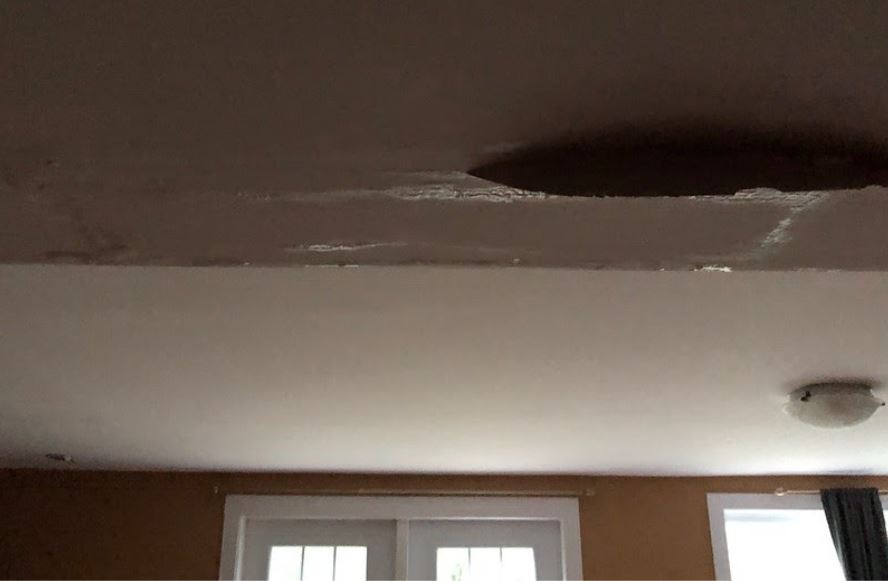How to Stop the Six Most Common Water Leaks in Your Home
How to Stop the Six Most Common Water Leaks in Your Home
Blog Article
What are your opinions on Most Common Causes of Leaky Pipes?

Leakages not only trigger waste of water however can additionally trigger unneeded damage to your house and also promote unwanted natural growth. Unfortunately, water leakages may go undetected considering that the majority of the pipework in our residence is concealed. By looking as well as comprehending for daily scenarios that create leaks, you can safeguard your residence from future leakages and unneeded damage. Today, we will take a look at 6 leakage causes that may be causing your pipes to trickle.
Elbowing in origins
The majority of water leaks begin outside the house instead than inside it. You could discover wet spots or sinkholes in your lawn, as well as that could mean that tree roots are attacking water lines triggering water to leak out.
Corroded water systems
As time goes by, your plumbing system ages and rust such as corrosion might begin eating away the pipes. This might be the source of discoloration or warping on your water pipes. This requires an examination with your plumber right away. If our plumbing system is old, consider replacing the pipes given that they go to a greater risk of deterioration than the more recent versions.
Faulty Pipeline Joints
The factor at which your pipelines attach is frequently the weakest web link in the waterline. Pipeline joints can wear away with time, resulting in water leaks. Unfortunately, the majority of pipeline joints are not conveniently noticeable. If you have loud pipelines that make ticking or banging sounds, particularly when the warm water is turned on, your pipe joints are possibly under a lot of pressure. It is a good idea to have your plumber evaluate your system yearly.
Immediate temperature adjustments.
Extreme temperature level adjustments in our pipes can trigger them to expand and also get all of a sudden. This development as well as contraction may trigger splits in the pipes, particularly if the temperature are listed below freezing.
Poor Water Connectors
Sometimes, a leakage can be brought on by loosened tubes as well as pipelines that provide your home appliances. Typically, shifting is what creates the loose water Links. You could find in the case of a cleaning equipment, a pipe may spring a leakage due to trembling during the spin cycle. In case of a water links leakage, you may see water running directly from the supply line or puddles around your devices.
Clogged Drains
Blocked drains pipes might be aggravating and inconveniencing, however they can sometimes wind up causing an overflow resulting in break pipelines. Keep eliminating any kind of materials that might drop your drains that could block them to stay clear of such inconveniences.
All the above are root causes of leakages however not all water leakages arise from plumbing leaks; some leaks may originate from roof covering leaks. All leakages need to be fixed instantly to prevent water damages.
Leakages not only cause waste of water however can likewise create unneeded damages to your residence and advertise undesirable natural development. By recognizing and looking for daily situations that cause leaks, you can safeguard your house from future leakages as well as unneeded damage. Today, we will look at six leak causes that may be causing your pipes to drip.
At times, a leak can be triggered by loose hose pipes as well as pipes that supply your home appliances. In situation of a water links leakage, you may observe water running directly from the supply line or puddles around your appliances.
How To Check For Water Leak In Your Home
How To Check for Leaks
The average household's leaks can account for nearly 10,000 gallons of water wasted every year and ten percent of homes have leaks that waste 90 gallons or more per day. Common types of leaks found in the home are worn toilet flappers, dripping faucets, and other leaking valves. These types of leaks are often easy to fix, requiring only a few tools and hardware that can pay for themselves in water savings. Fixing easily corrected household water leaks can save homeowners about 10 percent on their water bills.
To check for leaks in your home, you first need to determine whether you're wasting water and then identify the source of the leak. Here are some tips for finding leaks:
Take a look at your water usage during a colder month, such as January or February. If a family of four exceeds 12,000 gallons per month, there are serious leaks.
Check your water meter before and after a two-hour period when no water is being used. If the meter changes at all, you probably have a leak.
Identify toilet leaks by placing a drop of food coloring in the toilet tank. If any color shows up in the bowl after 10 minutes, you have a leak. (Be sure to flush immediately after the experiment to avoid staining the tank.)
Examine faucet gaskets and pipe fittings for any water on the outside of the pipe to check for surface leaks.
Undetected water leaks can happen without the home or business owner even realizing. If you suspect a water leak, but not able to find the source. It is time to contact a professional water leak detection service, The Leak Doctor.
How To Find a Water Leak In Your Home
https://www.leakdoctor.com/blog/How-To-Check-For-Water-Leak-In-Your-Home_AE197.html

As a devoted person who reads about How Fast Water Damage Can Ruin Your Home, I assumed sharing that blog post was a smart idea. Sharing is good. One never knows, you may be helping someone out. We recognize the value of reading our article about How to detect water leaks in your home.
Call Today Report this page